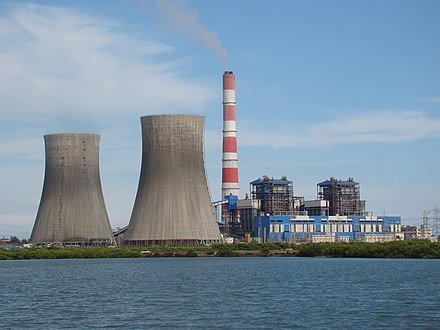
The Impact of Co-Firing Sludge on Boilers
- Effects on Pulverizing Systems: The introduction of sludge into the coal mix affects the pulverizing system in several ways. The wear and tear on the system increase due to higher ash content and the presence of metal elements in the mixed material, which can cause additional wear on burners, nozzles, and pipelines. The increased alkali metal content in the mixture can also lead to slagging and corrosion on the heated surfaces. Moreover, the high moisture content of the sludge, which remains elevated even after drying pretreatment, increases the material’s viscosity and decreases its flowability. This results in coal accumulation and blockages within the pulverizing system.
- Increased Wear and Ash Accumulation on Heating Surfaces: The rise in ash content within the flue gas exacerbates wear on the heating surfaces and leads to more significant ash accumulation in the horizontal flue.
- Impact on Boiler Efficiency: The addition of sludge lowers the overall calorific value of the fuel and increases fly ash production, which in turn reduces the overall efficiency of the boiler.
- Increase in Acidic Gas Emissions: Incorporating sludge into the fuel mixture raises NOx and SO2 emissions, resulting in a marked increase in pipe corrosion.
- Impact on Other Equipment: The higher ash content necessitates increased capacity for dust collectors, induced draft fans, silo pumps, and slag discharge systems, thereby raising the overall investment costs of the unit.
Development Trends in Co-Firing Sludge in Coal-Fired Power Plants
The harmless treatment and resource utilization of sludge are currently in an exploratory phase, with incineration and landfilling expected to remain the predominant methods for sludge disposal for the foreseeable future. However, research indicates that co-firing sludge in power plant boilers can circumvent the biological, chemical, and physical reactions associated with landfilling, thereby eliminating the secondary pollution of harmful gases and leachates to the atmosphere and soil. This method enables the complete oxidation of organic matter
Co-firing sludge with coal can greatly reduce the cost of sludge treatment and disposal, while also helping to address environmental protection and land resource utilization issues. When a small proportion of sludge is co-fired in power plant boilers, it provides an effective approach for the “harmless, reduced, and resourceful” treatment of urban sludge, demonstrating feasibility, reliability, and environmental benefits. However, due to the complex sources of urban sewage sludge, further research and extensive testing are still necessary.
Currently, sludge co-firing is achieved by making appropriate modifications to existing power plant equipment. However, the wear and corrosion on the equipment caused by co-firing sludge are unavoidable, and the high costs associated with pollution control and equipment repairs are the main factors limiting the adoption of sludge co-firing in power plants. Therefore, corresponding policy support is required, and further research and development efforts need to be strengthened.
Share The Post
